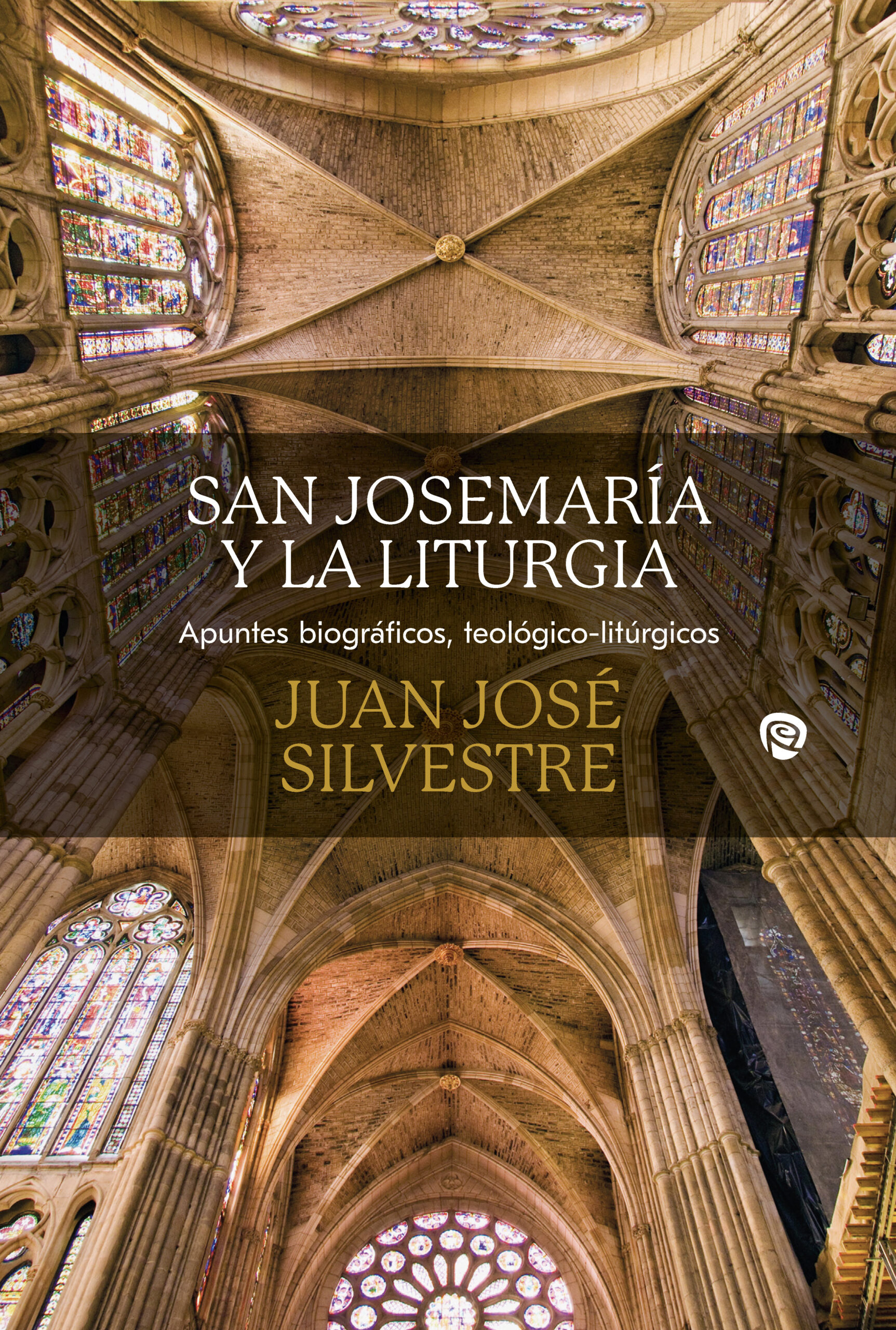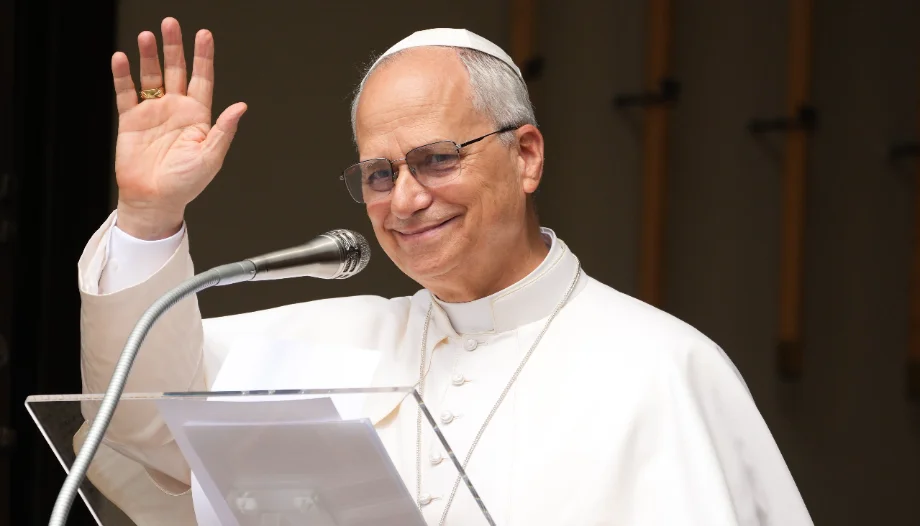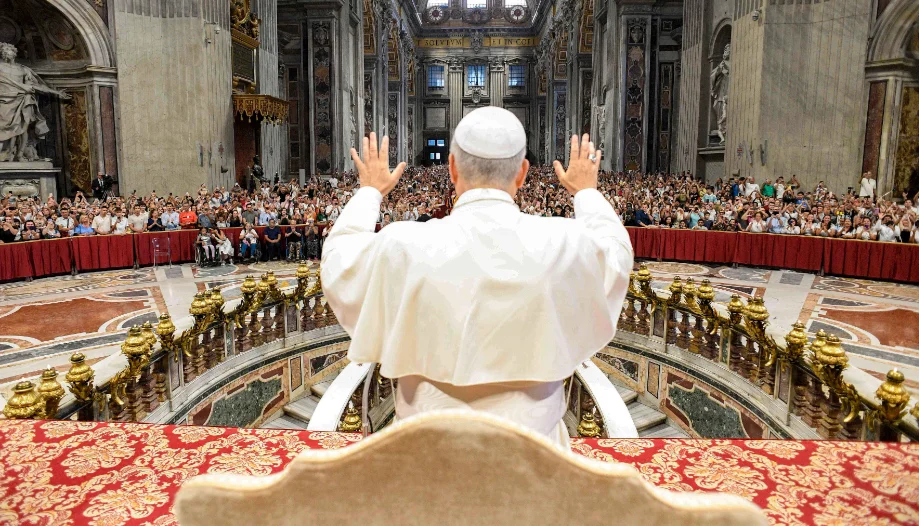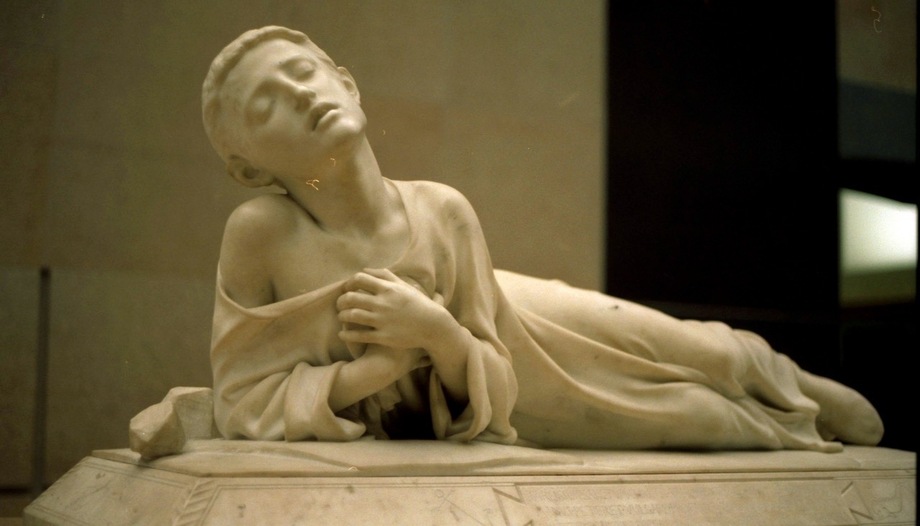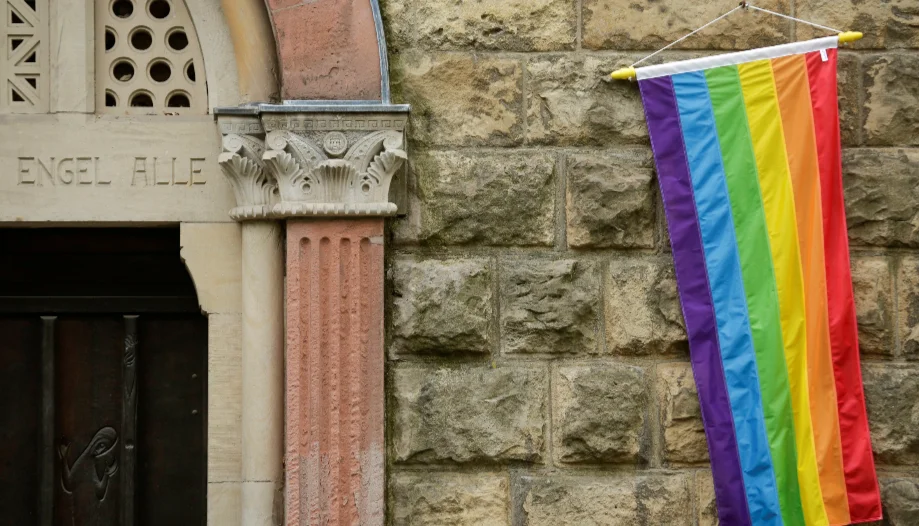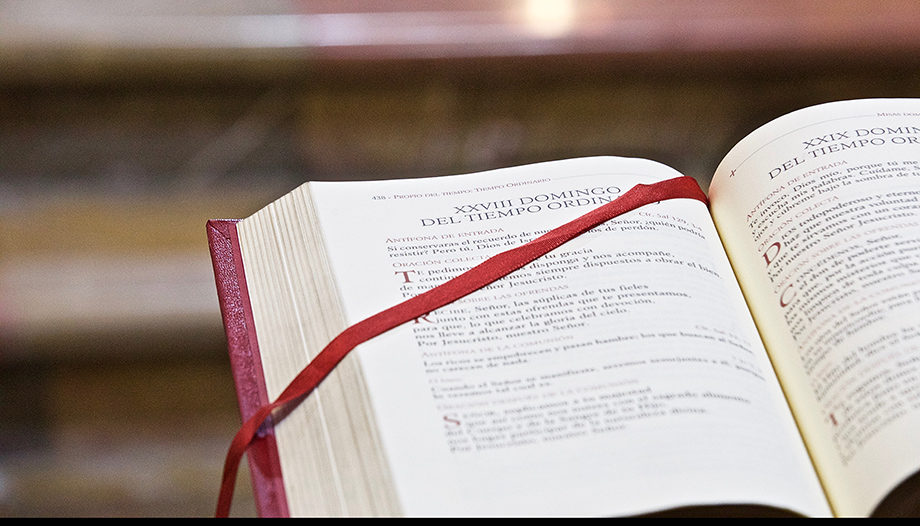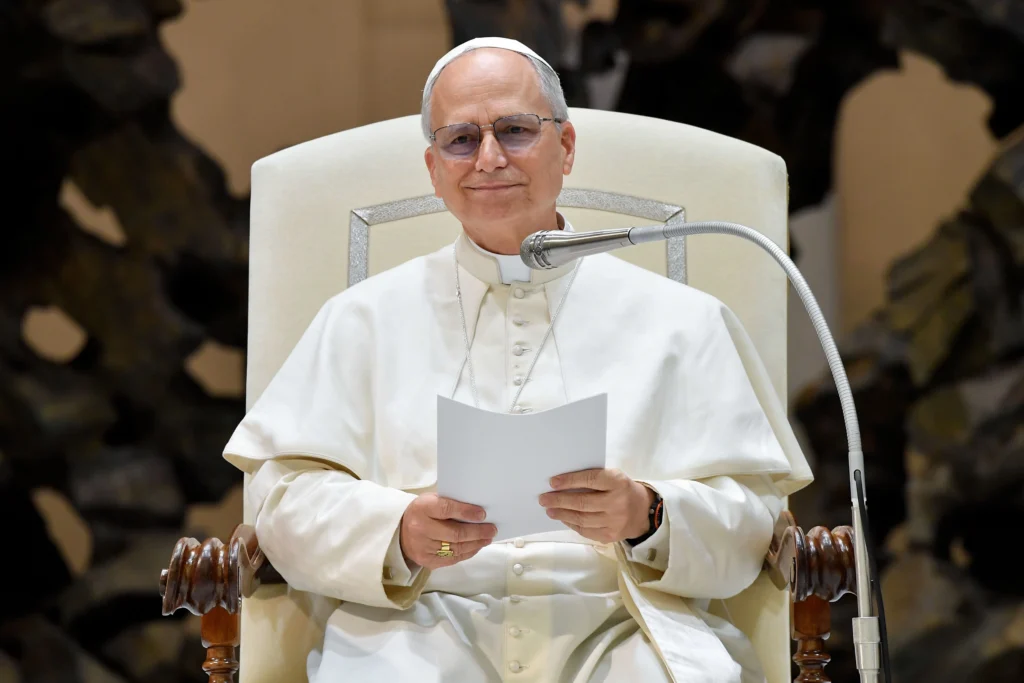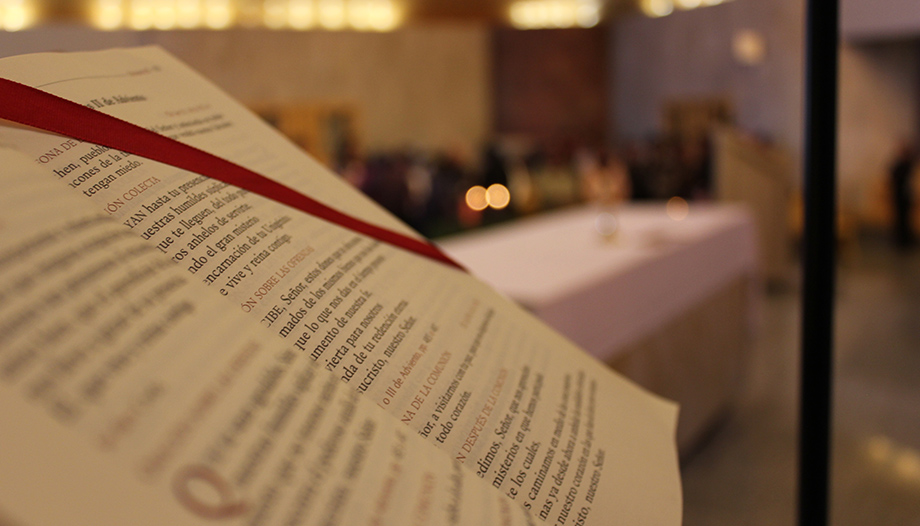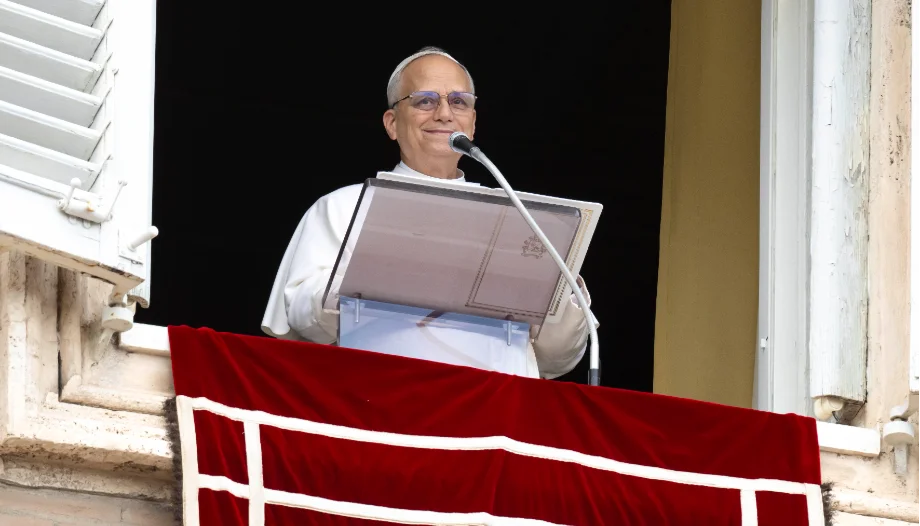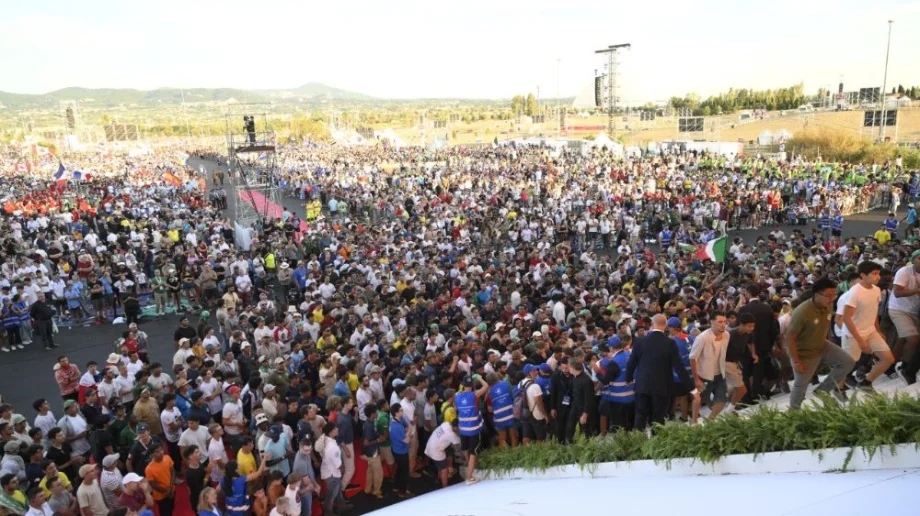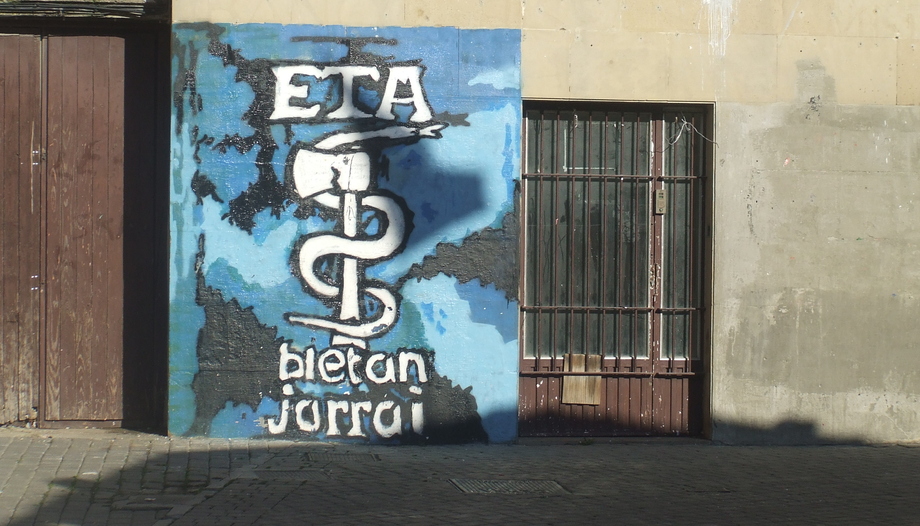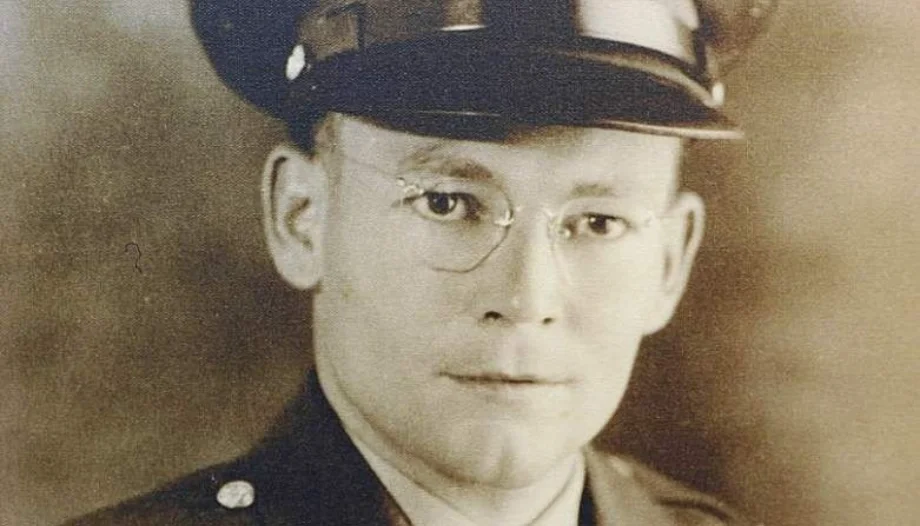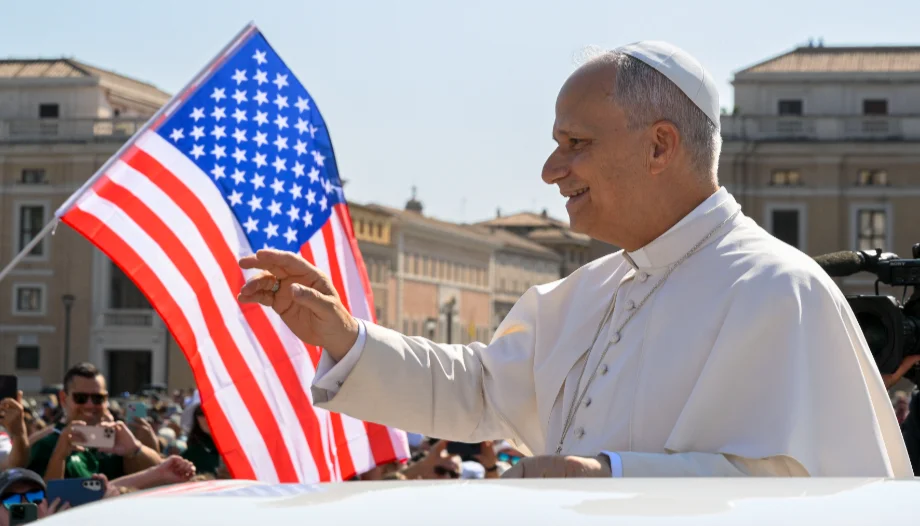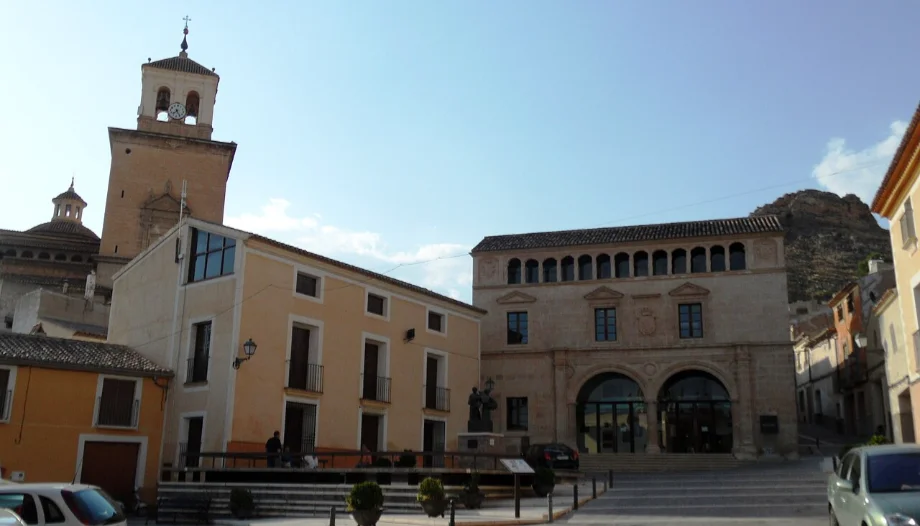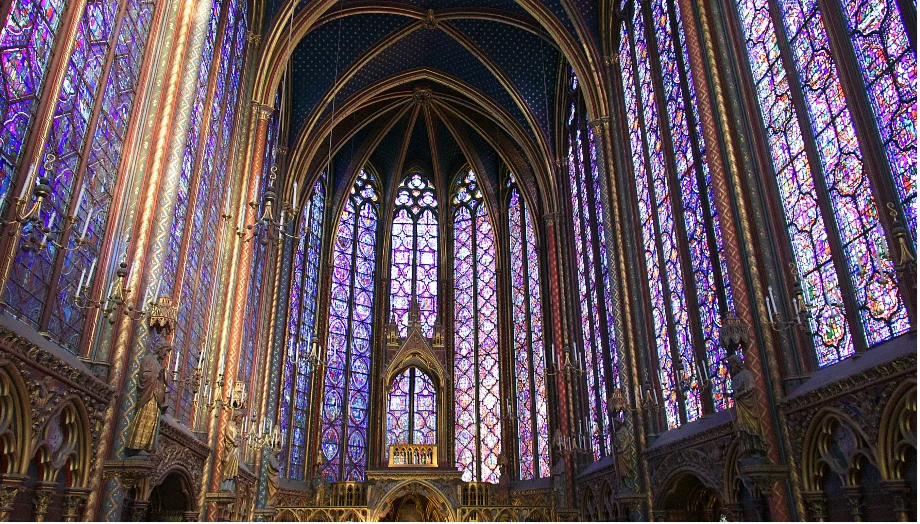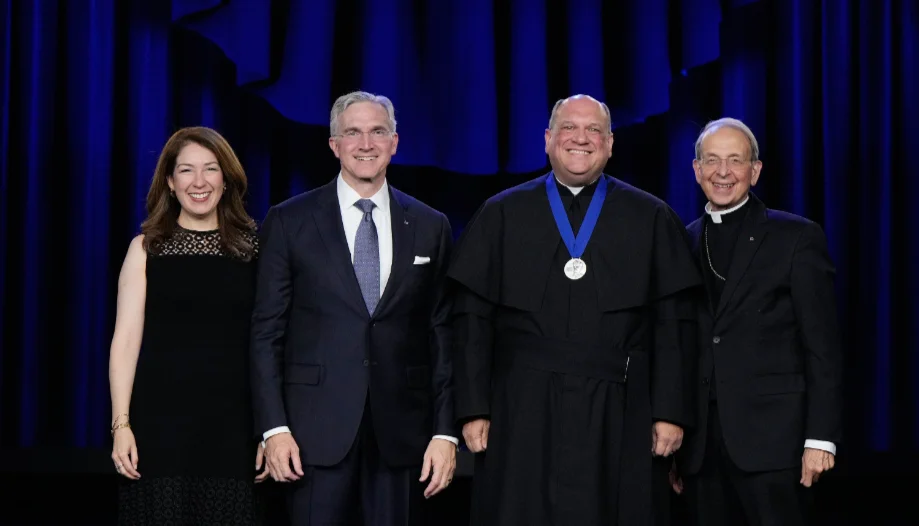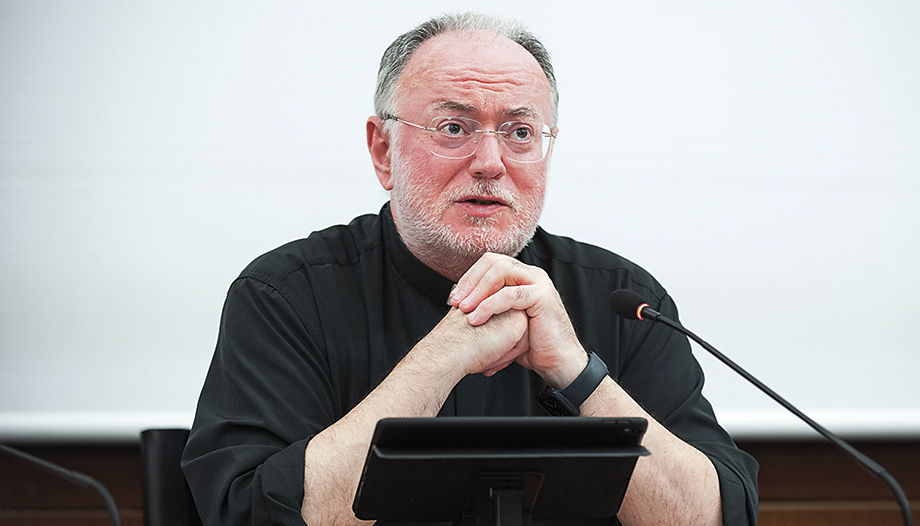Approaching death is a difficult task. Even more so if it is a young person, "with his or her life ahead of him or her". Our society seems to be always demanding "something" that remains to be done: a project, a discovery, a personal achievement. However, knowing the life of Pedro Ballester Arenas who died at the age of 21 in 2018, no one can think it was an incomplete life.
It is not the years that determine the fullness, but the happiness lived, sought, found or given..., the immense happiness of Love with a capital letter, which we can experience with 3 months, with 5 or with 78 years. That Love, which comes from God, is what Peter lived and what he left as an inheritance... That, and an exquisite taste -even though it was rare to enjoy it- for good whisky.
A very Spanish british
Of Spanish parents, Esperanza and Pedro, Pedro Ballester Arenas was born in Manchester, England, on May 22, 1996. His parents lived there because of his father's work. Pedro was the eldest of the couple's three children, and was joined shortly after by Carlos and Javier. His birth and upbringing in the United Kingdom marked Pedro's character, which, together with a kind and funny way of being, combined a thoughtful and slow personality.
Already as a child, he showed this capacity for reflection and uprightness of character. Without being a "freak", Pedro was especially delicate in taking care of his friends and in keeping his word, as his siblings remember. "He did not understand disloyalty," his siblings recall, "he kept his word. From playing tennis to following a life of concrete piety and dedication." "He was one of those people without duplicity." his mother points out, "when I read the Gospel passage that speaks of Nathanael, it reminds me of Peter".
Friend of his friends
If there is something that stands out in the intense biography of Pedro Ballester, it is his loyalty to his friends. He had many throughout his life and with them he had constant details of closeness. "He was very straight and didn't like the 'fooling around' of some days I'm your friend and some days I'm not."his brother Carlos points out.
When Pedro was in his 3rd year of ESO, the family moved temporarily to Mallorca, due to his father's work. There Pedro experienced a very different school environment than in the UK: a class with fewer children, a more personalized education and, in general, a Christian environment.
"One day", remembers his mother and siblings, "came laughing nonstop from school". Apparently, upon finishing presenting a paper to the class, a classmate had finished with the phrase. "Pim, pam, pum, tuna sandwich!". Peter, coming from the quiet and restrained English environment, was particularly amused by this ending, "and many times, when he finished something, he would say to me 'Mom, bam, bam, bam, tuna sandwich!'", Esperanza points out.
The return to the UK was difficult for him. It was a difficult time for any youngster. His brothers recall that "at recess at school, the kids would talk about video games. We didn't have a console back then and it was complicated. But Pedro always maintained that it was better to have fewer friends than bad friends. By the end of the school year he had more friends, because the other kids had also matured.
At that time, Peter went to Greygarth Hall, a Christian formation center for young people, run by Opus Dei in Manchester. There he had many friends and felt at home: he played soccer, did plays and detective films with other boys and attended training classes in human and Christian virtues.
His mother remembers a boy who lived near their home in Huddersfield, UK. This boy, who had a complicated character, connected very much with Pedro and he invited him to participate in the activities of an Opus Dei youth center that was almost an hour and a half away from his home. For years, this boy rode in the car with the Ballester brothers and Esperanza, his mother. Pedro was always like that. "He poured himself out to his friends and was not afraid to confront those friends on the subject of faith." remembers Javier, his brother. "That was always the case, before and during his illness."
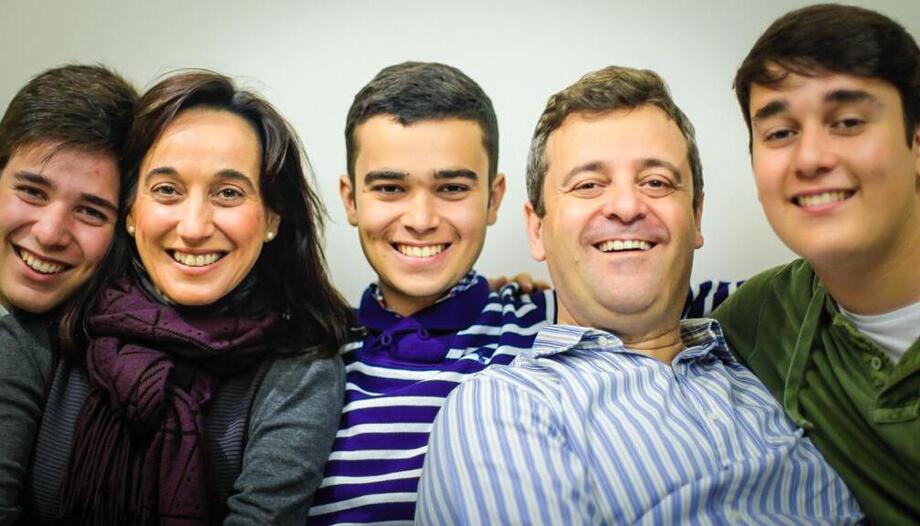
Vocation: to be who God wants you to be
From a very young age, Pedro saw his vocation as a numerary member of the Opus Dei. This led him to try to live a life of piety and a very close relationship with God.
Vocation is not a change of life, as Peter, his father, recalls: "Do you know what vocation is? It is to be yourself. To be who God wants you to be. God wanted Pedro (son) as a numerary in Opus Dei and in specific circumstances. His father points out that "God was asking him to do what he had intended for him. I think there is reciprocity, both of vision and response, very great. Because Peter was very intelligent. He had an integral intelligence, which led him to have interests such as international politics, but also to understand people very well. Then, with the disease, that ability to 'understand others' became more acute."
Within this framework of her Christian vocation, we can understand how she lived her illness: from her decision to be in an Opus Dei center to the care of her parents. He was happy with his vocation and transmitted it to others, until the end.
Disease onset
After finishing his schooling in 2014, Pedro was admitted to the Imperial College Londonone of the most prestigious academic centers in the United Kingdom, to study chemical engineering. He went to live in the Netherhall House, in Hampstead. He had applied for admission as a numerary member of Opus Dei The first time that he had been in residence there, he was able to live, be formed and carry out the apostolic work proper to this personal prelature. "I was happy." his parents remember.
A few months later, in December 2014, Pedro began to feel severe back pain. After medical check-ups, he was diagnosed with advanced pelvic cancer. With this diagnosis he returned to Manchester in order to receive treatment and be closer to his family.
He began his medical treatment in January 2015 at the Christie Hospital in Manchester. Between May and July of that year he went to Heidelberg, Germany, for a novel treatment. The disease seemed to subside and, in November of that year, Peter was able to fulfill one of his dreams: to travel with his family to Rome and greet the Pope Francis’.
Despite this slight improvement, the disease returned and Peter returned to a life of hospital admissions and chemotherapy sessions in the hospital. During this time, if anything was characteristic of Peter, it was his joy and the offering to God of his pains, of which there were many. He spoke frequently with friends, Imperial College students like himself, residents of Greygarth... Here was evident that loyalty and maturity that was already characteristic of Peter from his early years.
We can all be saints
"Peter has taught us that we can all get to heaven and we can all be saints." says his brother Carlos, "It's not that Peter levitated, because he was normal, he was very normal, but if you follow God, say yes every day, offer him suffering, you become a 'crack' and help thousands of people".
We often hear that we have to live the ordinary in an extraordinary way, "Peter did the other way around." his brother continues, "He lived the extraordinary in a very ordinary way. In illness, for example, he suffered a lot, but many people didn't know it, they didn't see it at the time, because of the way he took care of others. He would ask you how you were doing, or the nurse who came to the room. What Pedro did was love people, that's all he did." And perhaps that was the most extraordinary thing that Pedro did in an individualistic and disconnected society like ours.
During his stays in the hospital, Peter's room became a kind of place of peace. Nurses, relatives of other patients and other inmates visited him, told him their problems.... "The nurses told us that it gave them peace to talk to him and they told him their stories, the things that worried them, things that happened to them in their marriage... And Peter always listened to them, smiled and prayed."
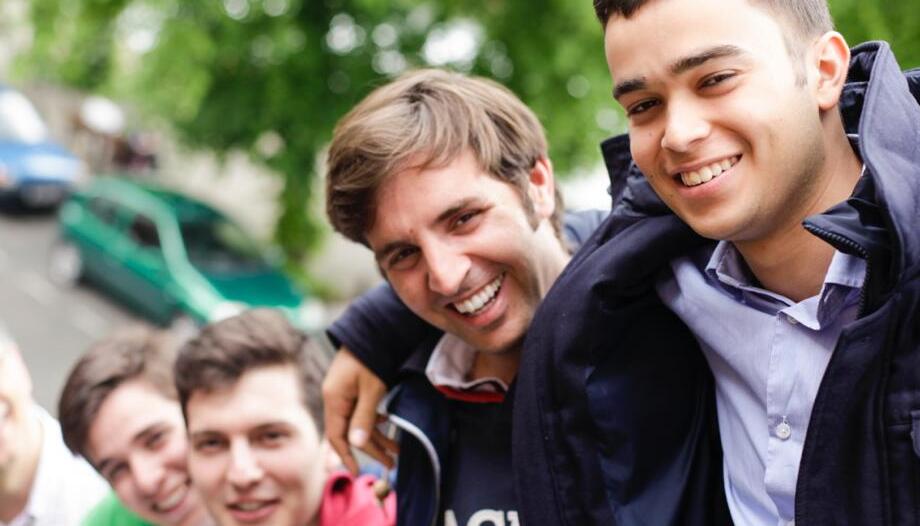
Life with God is beautiful
Pedro Ballester's last years were spent between his home, Christie Hospital and Greygarth Hall. In fact, his family lived there, at Greygarth, during Christmas 2017. "It was very nice and very natural." remembers Esperanza, "even though we lived near Greygarth, we went back and forth all the time. At Christmas the principal encouraged us to occupy some students' spare rooms and we spent those days there.".
Pedro knew that his family was Opus Dei and he wanted to spend his last days in a center. That room was a party: the residents came up to be with Pedro, his parents... As often as he could, he even wanted to enjoy a sip of whiskey.
"There you lived in a family." says Carlos, Pedro's brother, "Life with God is very beautiful. And that is what happened with Pedrito and in that room, or at home. In the hospital the nurses would say 'I want to be part of this family'. My father and mother had a lot to do with that, because they always opened the doors to everyone".
Esperanza recalls that "one of the residents barely spoke when he went to see Peter, he would stand in the corner and just enjoy the atmosphere. And what was the atmosphere? The love of God that could be seen. In the family we accepted Pedro's suffering and let God do what He wanted and that was it. If we messed up, nothing happened. One day I told him: 'Look, Pedrito, next year we can do this. Then, his eye glazed over a little bit because he knew he was going to die, that he was not going to have next year. Well, that's it. When you have a situation like that you can't keep thinking 'I should have said this, I should have done this...' Forget it, screwing up is part of life".
Face to face with God
On Jan. 13, 2018, three years after he was diagnosed with cancer, Peter died in Greygarth, surrounded by his parents, other members of the Opus Dei and some other residents. His funeral gathered hundreds of people at the Holy Name Temple in Manchester.
Shortly thereafter, his mother says, "we began to receive letters and testimonies from people who had known Peter's life and who entrusted him with family matters, illnesses". There are many people, especially young people, for whom Pedro Ballester's life is an example and who see in him an intercessor before God.
Pedro joins names such as Chiara Corbella, Carlo Acutis, Montse Grases o Marcelo Câmara. Young people of today who sought and found God in the midst of their daily circumstances and who are, for everyone, a close and natural example of Christian life.




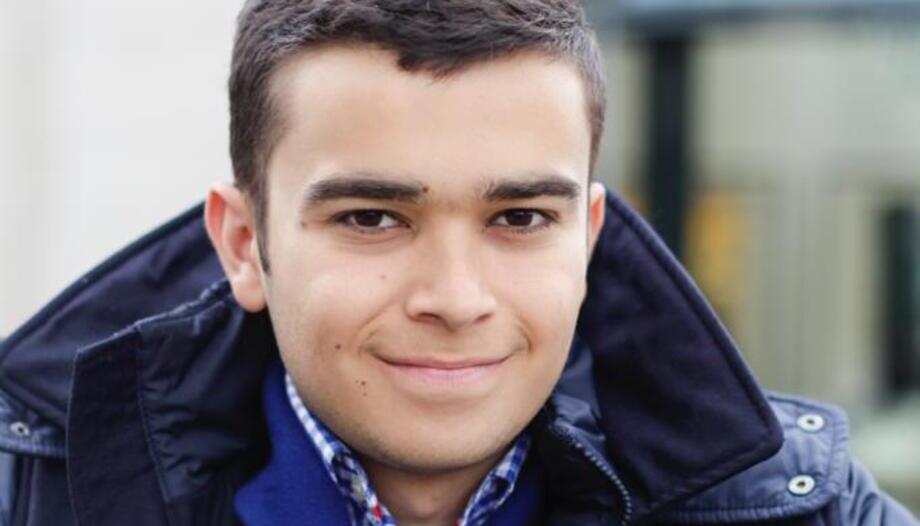
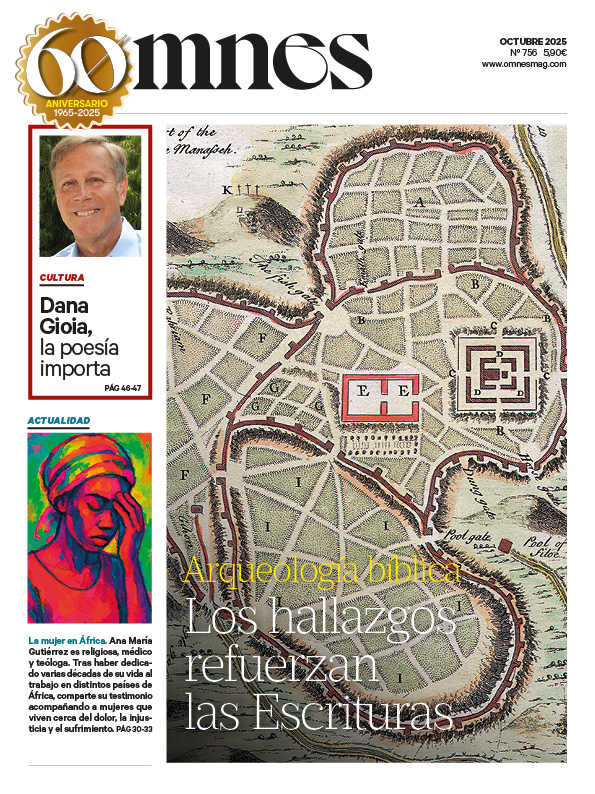


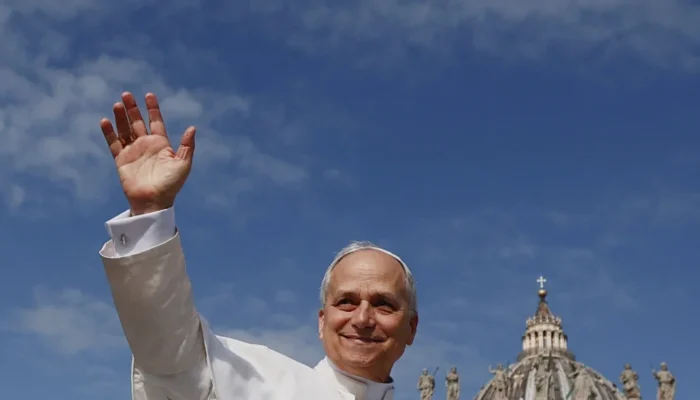
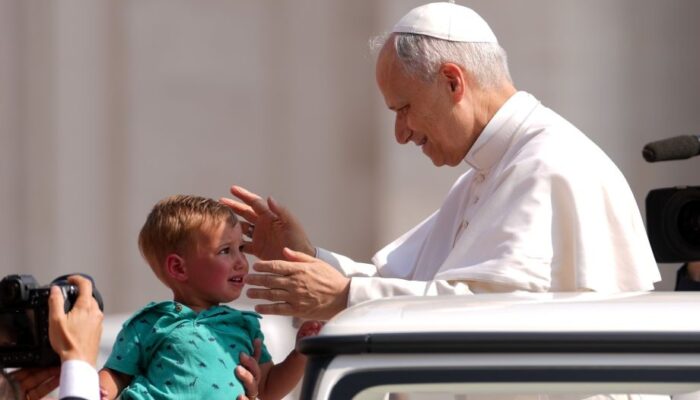

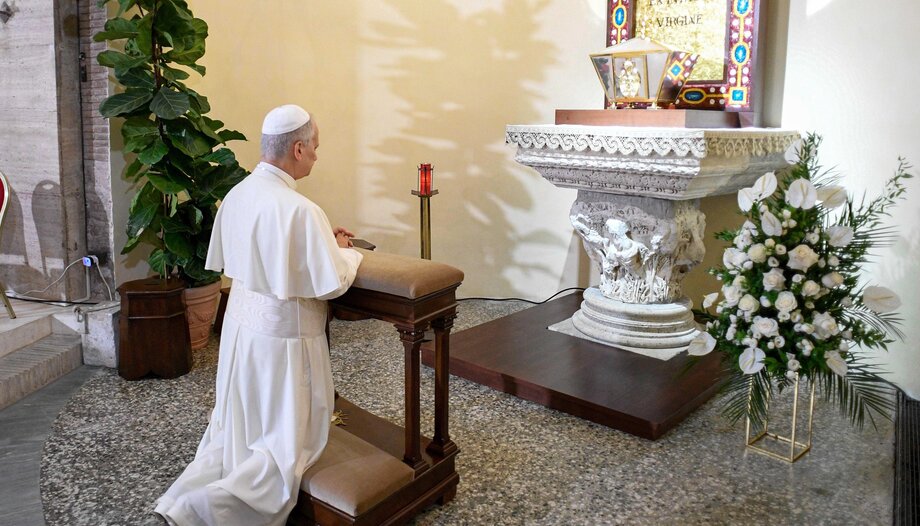
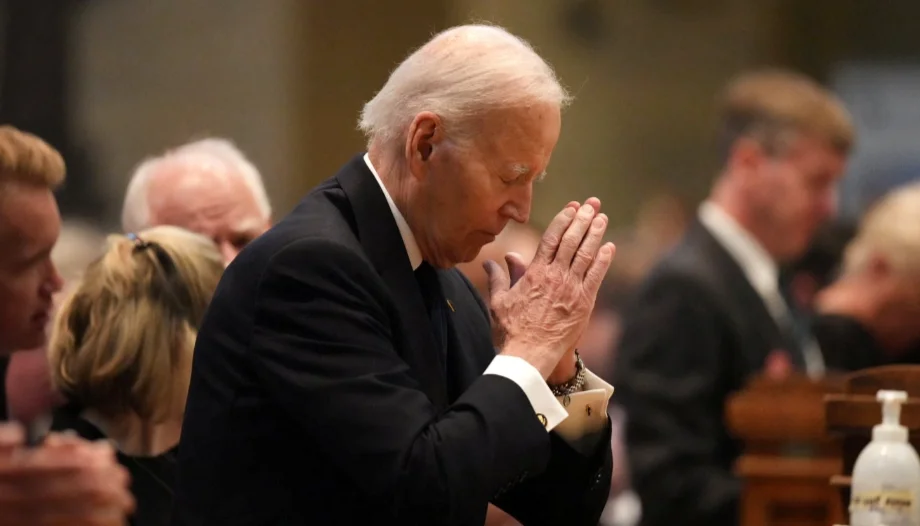

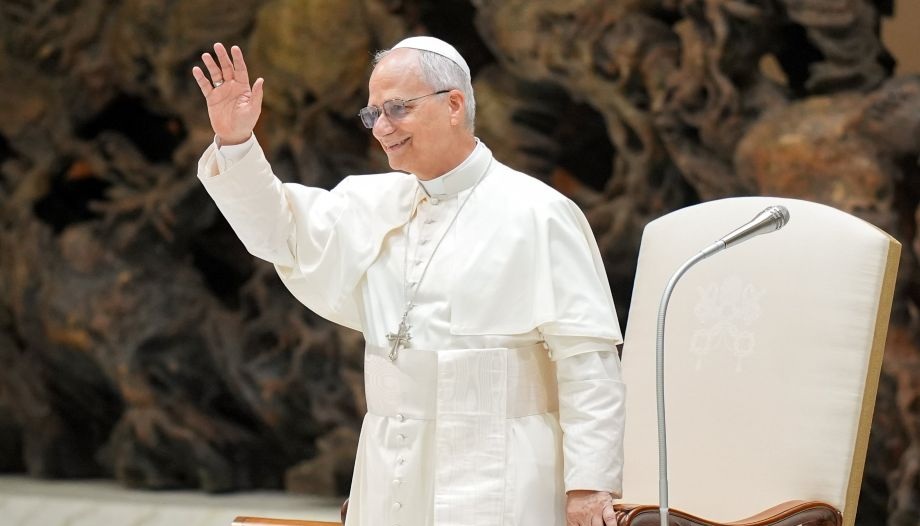

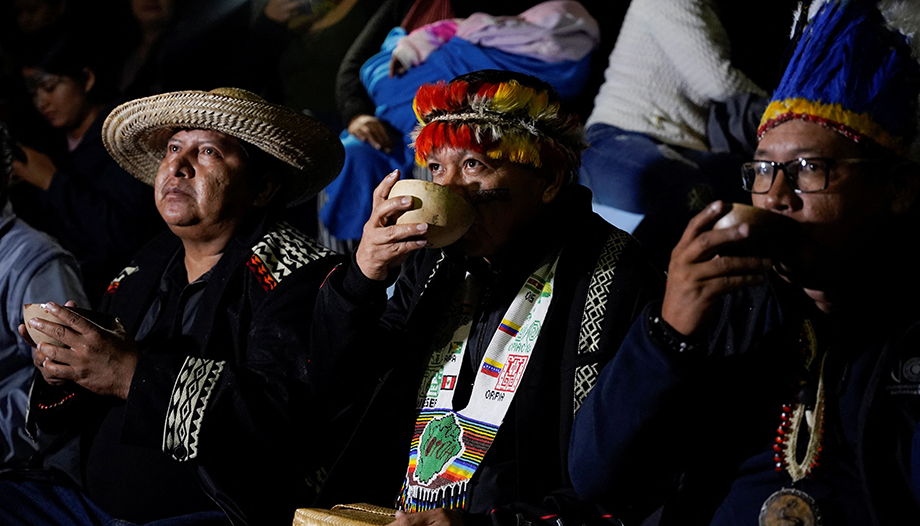
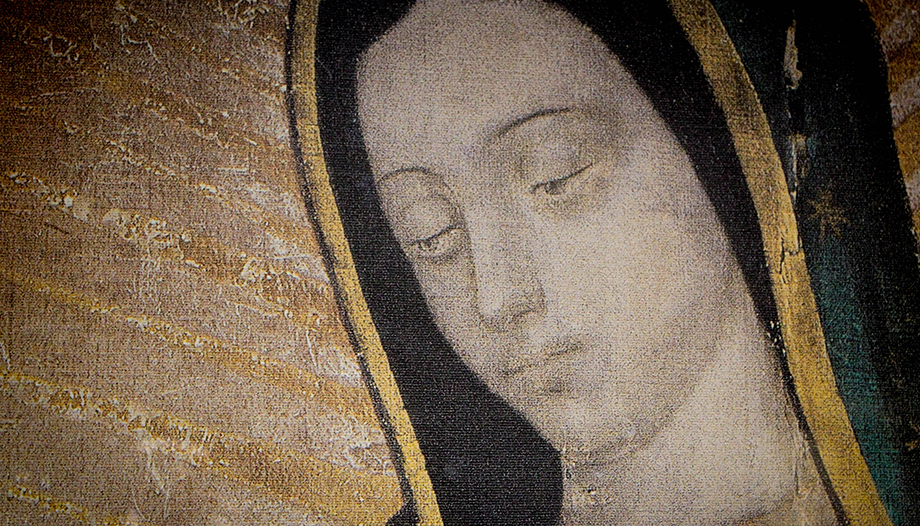




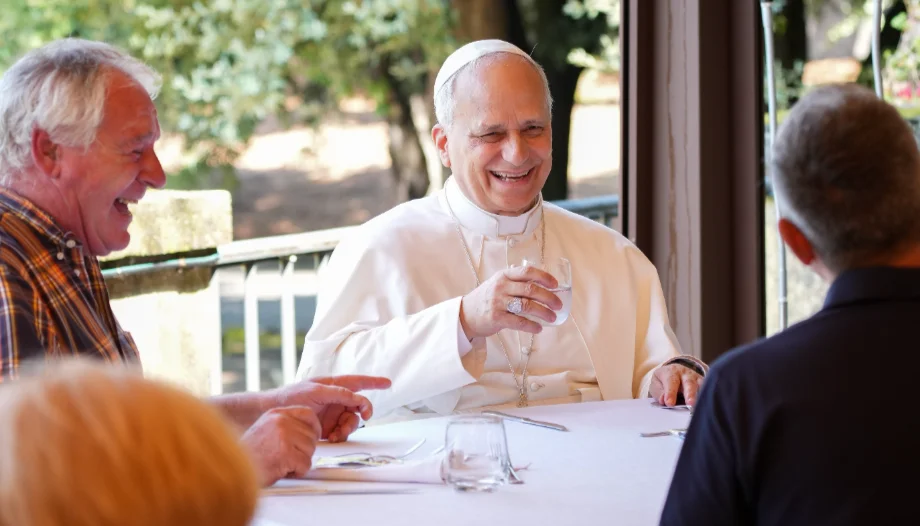


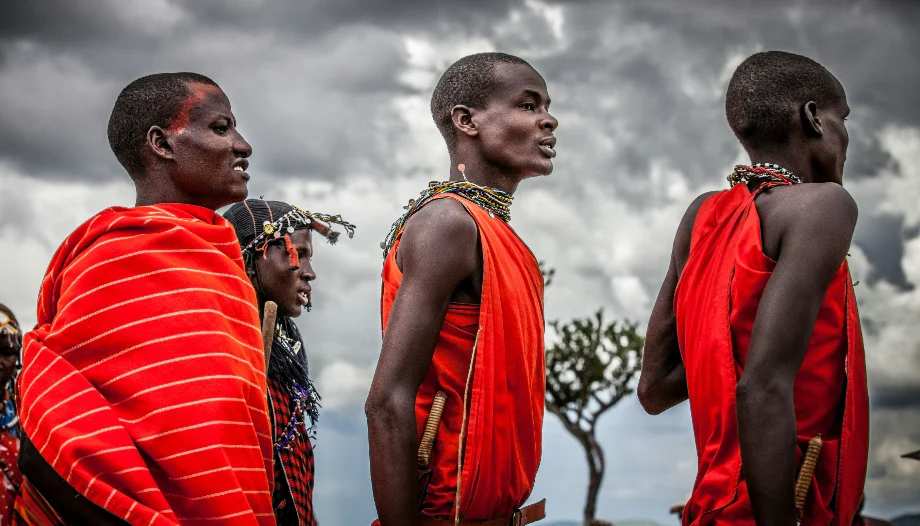
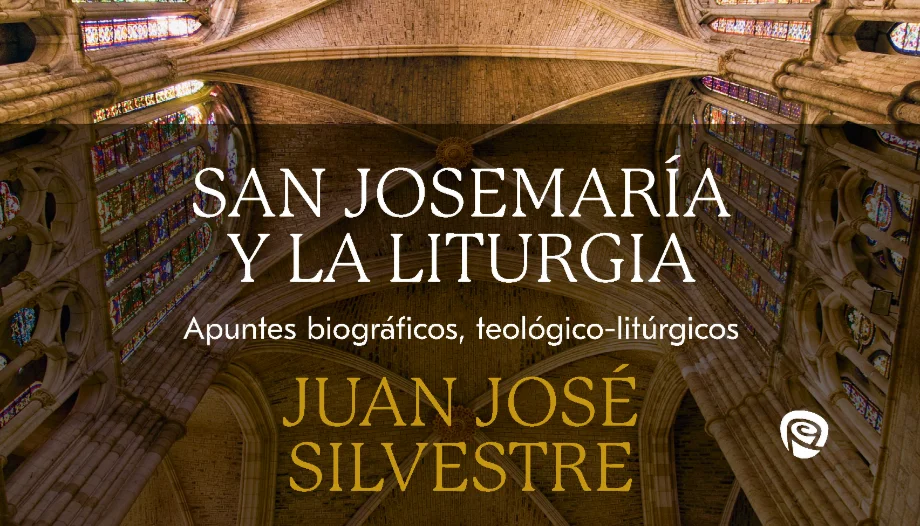
 St. Josemaría and the liturgy
St. Josemaría and the liturgy